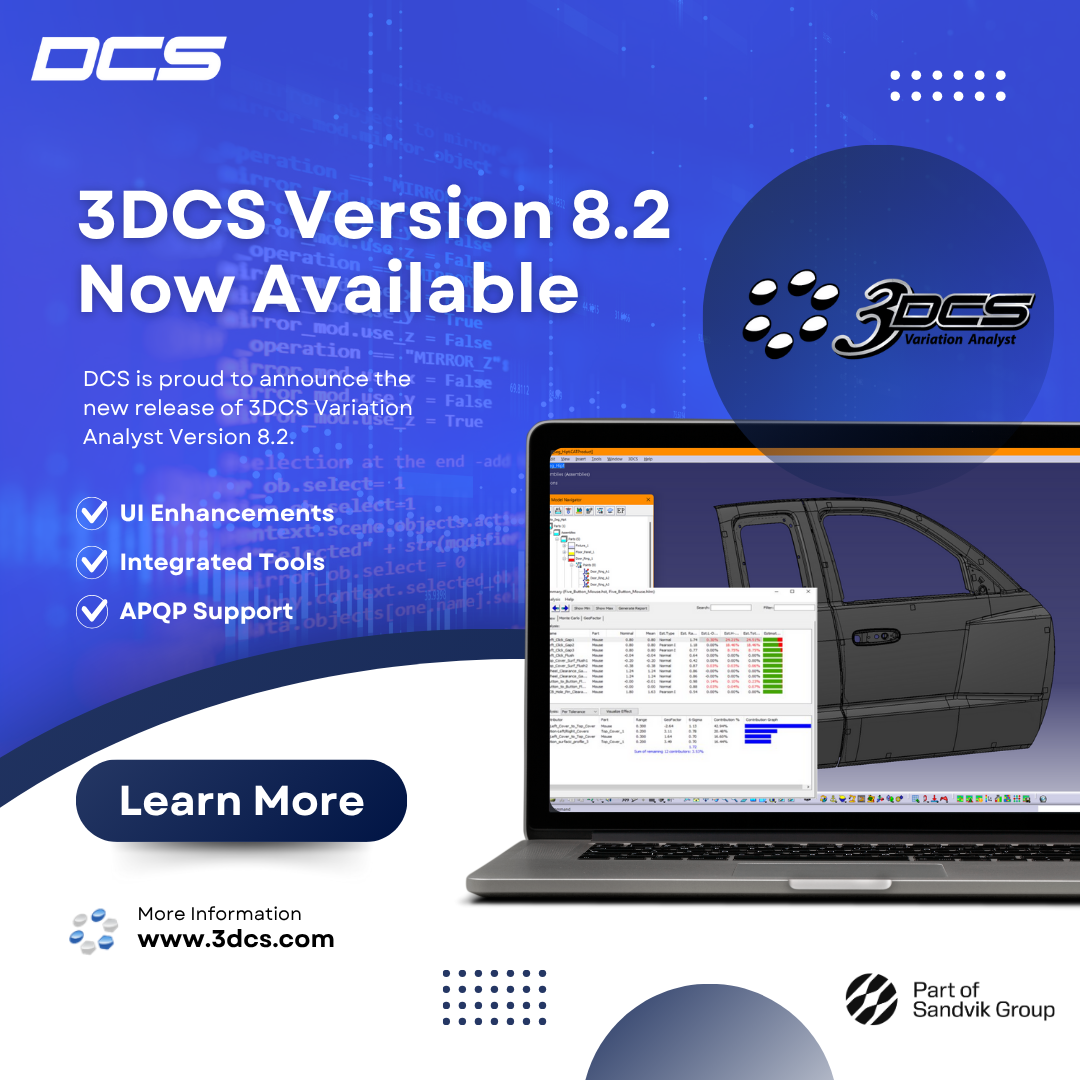For a long time, simulation was a side show that had to hold its own against plenty of prejudice and doubt. But now that computer simulation has become widely accepted as a virtual test lab, and given the constant need to accelerate the product development process, computing departments are faced with a whole new set of challenges. Driven by buzzwords like simulation-driven design and systems engineering, product optimization pressures are piling up problems and demands on simulation experts faster than HR can respond.

New topical fields – and correspondingly new methodologies – have to be developed even as the daily workload rises because physical testing has been replaced almost entirely by simulation.
Additionally, there are unavoidable iteration loops in the interaction between the engineers and simulation experts. This means that businesses have to concentrate their computing resources on key components.
The result: Aspirations regarding a holistic view of component assemblies as well as innovation and creativity across the design process often have to take a back seat to traditional dimensioning based on experience and gut feeling.
Can the engineers take on simulation tasks?
This poses the question of how to best respond to the new challenges and how workflows between simulation and engineering can be improved.
I believe that the self-image of the respective business units has to change. Historically, simulation is a field for experts that requires years of practical and theoretical training in the relevant software solutions. And indeed this remains true, particularly with respect to demanding fields of application such as interconnected, multi-physical simulation approaches.
But many facets of simulation, e.g. in structural-mechanical aspects of component construction, have now become standardized to such a degree that simple calculation tasks like buckling loads and tension evaluations no longer demand specialist expertise. Since the entry ticket is now less the specialized knowhow but rather the accessibility and operability of the software, the user community can and should grow.
For this reason, software makers have identified simulation as a growth market and confront users outside the expert community with slogans like "democratizing simulation" and "scalability". But what exactly does this mean?
Engineers are being offered simulation tools with limited functional scope, which lets them evaluate their design ideas directly at the component and assembly level.
The software supports and guides model generation
This eliminates the time-consuming exchanges with the computing division and reduces the time it must spend on routine tasks. The important offshoot is that the concept delivers meaningful and reliable results even where the engineers don’t possess profound technical skills. There are several ways to leverage the 3DEXPERIENCE platform to achieve this goal.
Probably the most intuitive approach is to use the simulation assistants contained in the software. They steer the user through the model generation process and provide optical feedback when a component is missing. The user is guided step by step through the required abstraction levels to generate a well-posed boundary value problem and idealize reality as accurately as possible.
However, since simulation requirements vary greatly from one industry to another, the assistants cannot be particularly specific. Automated process flows with predefined process parameters can offer new possibilities.
These simulation templates can be designed and developed by the simulation experts and made available to the wider user community. Behind an input screen tailored to the respective user group, automated workflows with any required degree of complexity can be used to process tasks that far exceed simple tension analysis.
Data consistency also ensures greater efficiency in simulation
A list of process and output parameters helps the engineers evaluate design variants according to a wide variety of criteria and assists them in generating optimized geometries at an early stage of the product development process – geometries based on an objective mathematical methodology rather than subjective experience.
At a late phase of the product development cycle, the simulation expert then reviews the generated simulation data and expands them for final validation within the overall system. This interoperability is made possible by the object-based data management system of the 3DEXPERIENCE platform.
To avoid being left behind as industries evolve ever more rapidly, traditional task distribution models must be revised to achieve a closer integration of design and simulation.
Designers should not hesitate to take a wider view and integrate mathematical methods into their workflows. But the simulation experts must keep developing their skill set as well, because their work will now focus more on complex calculation.
Therefore I see their future tasks in the field of methodology development, opening up new subject fields and developing and supporting predefined simulation templates for their non-specialized colleagues.
 This increase in the bandwidth of simulation expertise opens up new potentials across the product development process and enhances the interdisciplinary capabilities of all the participants.
This increase in the bandwidth of simulation expertise opens up new potentials across the product development process and enhances the interdisciplinary capabilities of all the participants.
We would be pleased to offer more details on the opportunities and added value that can be gained from democratized Simulation.


 From the CENIT Blog: Find the original article here -
From the CENIT Blog: Find the original article here - 



No Comments Yet
Let us know what you think